A scientist at the University of Western Ontario has identified the Soviet lunar rover Lunokhod 2 in Moon images, solving the 37-year mystery of it’s whereabouts.
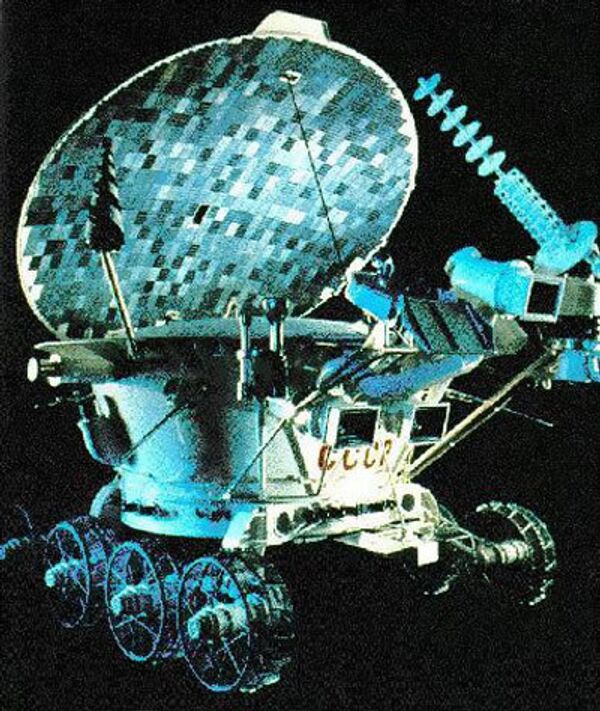
A scientist at the University of Western Ontario has identified the Soviet lunar rover Lunokhod 2 in Moon images, solving the 37-year mystery of it’s whereabouts.
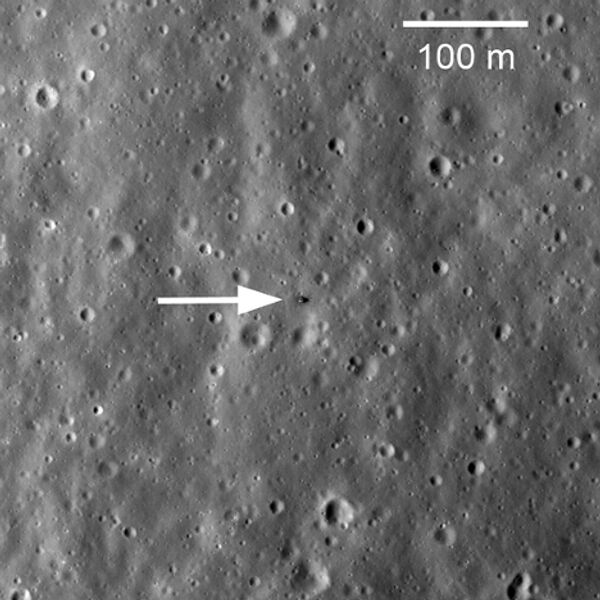
By using new NASA images and the lunar map from his book “The International Atlas of Lunar Exploration”, published in 2007, Professor Phil Stooke has identified the exact location of the rover and the 37km track it left on the Moon 37 years ago.
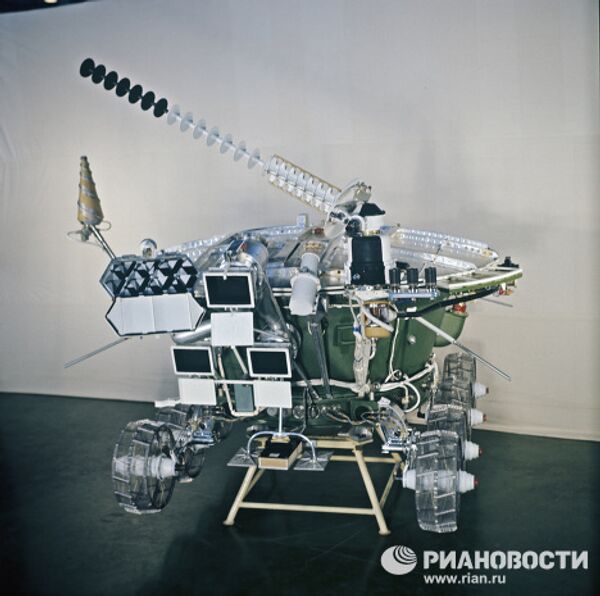
Lunokhod 2 was the second of two unmanned lunar rovers sent to the moon. It was designed to study soil mechanics and gather images of the lunar surface, perform laser ranging experiments, and monitor solar radiation, among other tasks.
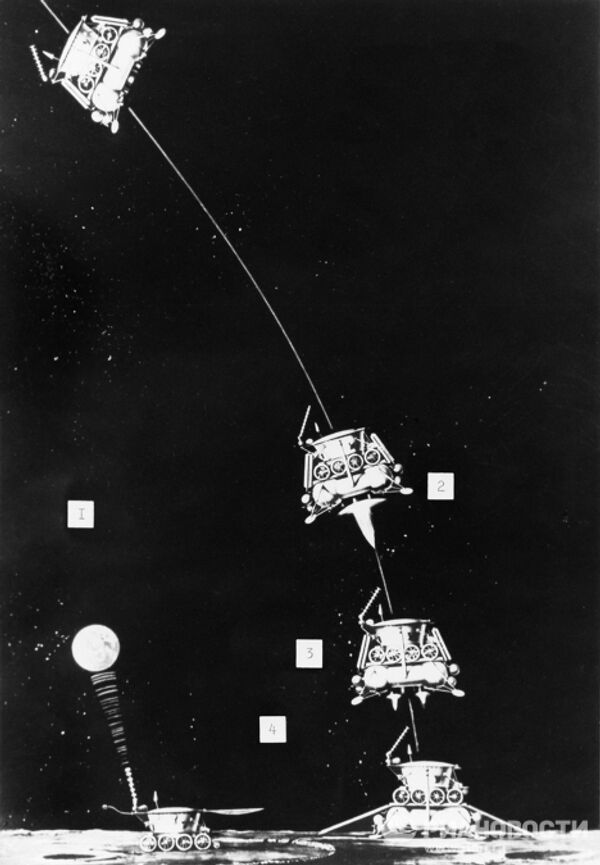
The Luna 21 spacecraft landed on the Moon on January 16, 1973 and deployed Lunokhod 2. Photo: Illustration of the spacecraft’s landing and the rover’s deployment.
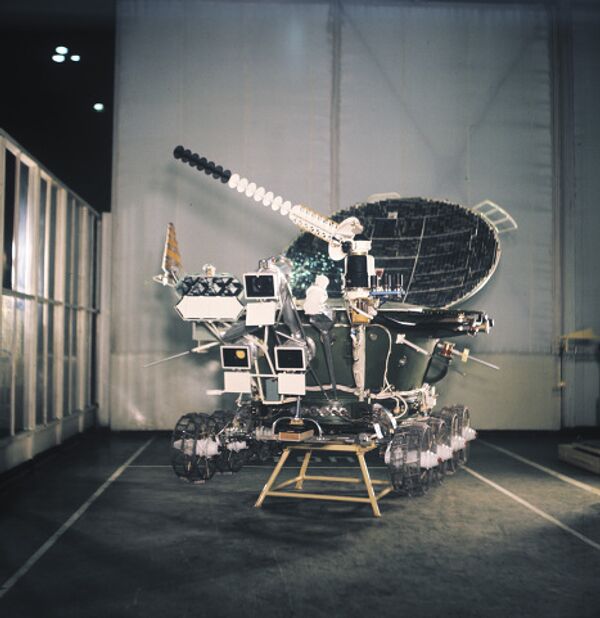
5/7
© RIA Novosti
This was one of the most successful space expeditions in the Soviet Lunar Program. Photo: Lunokhod 2
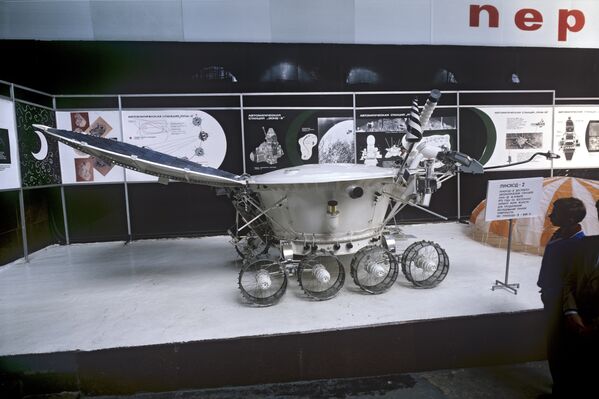
Lunokhod 2 operated for about 4 months, covered 37km of terrain, and sent back 86 panoramic images and over 80,000 TV images of the lunar surface, which is significantly more than Lunokhod 1 had accomplished in 1970. Photo: Lunokhod 2
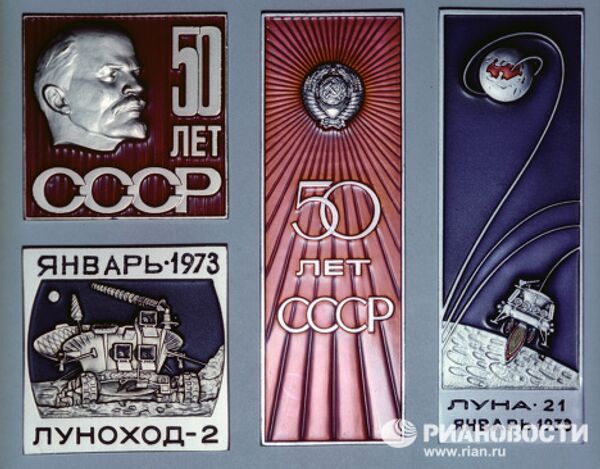
Pennants decorated with a relief of Vladimir Lenin, the state emblem of the Soviet Union, an inscription reading “50 years of the USSR” and an image of Lunokhod 2, all ready to be sent to the Moon.

